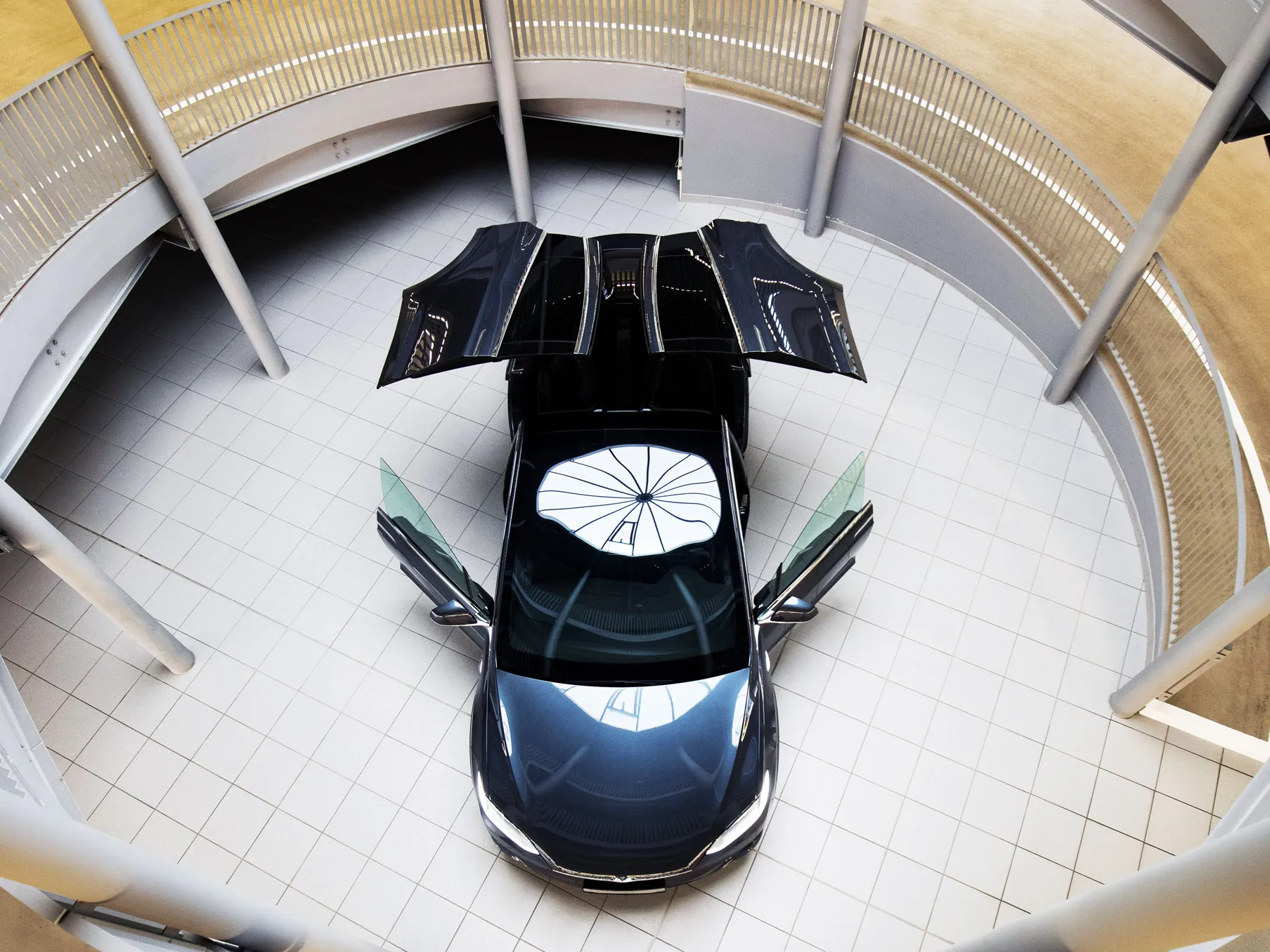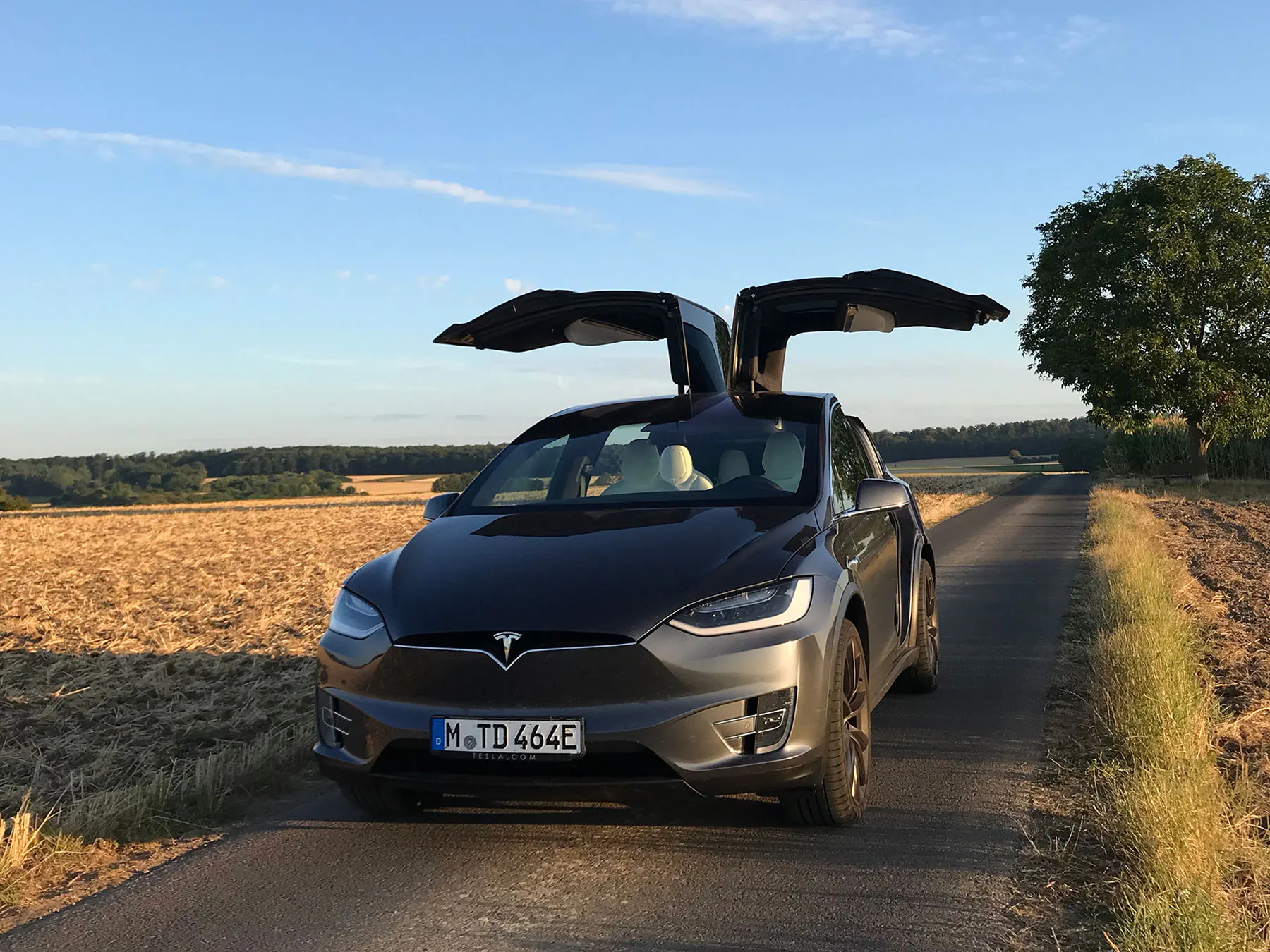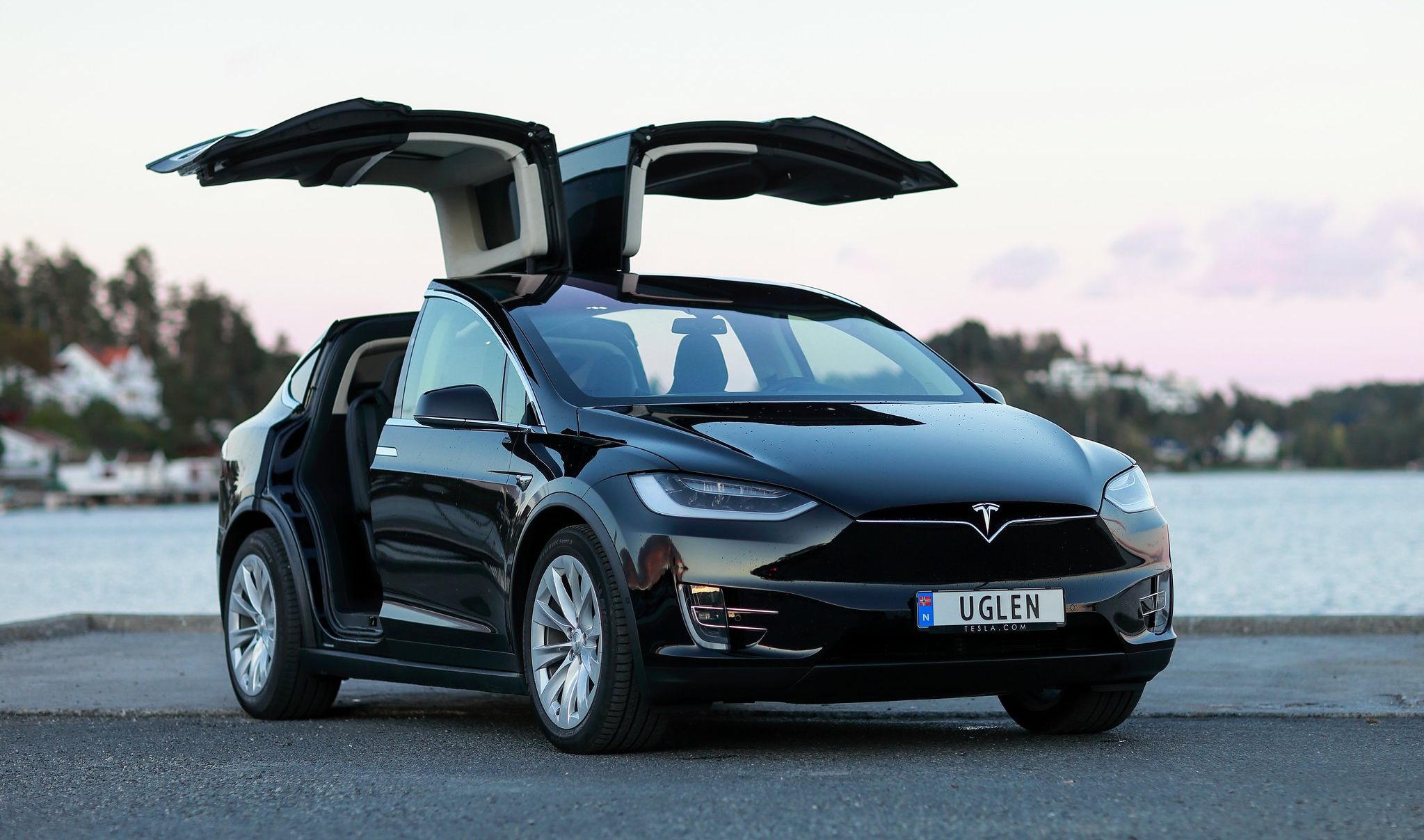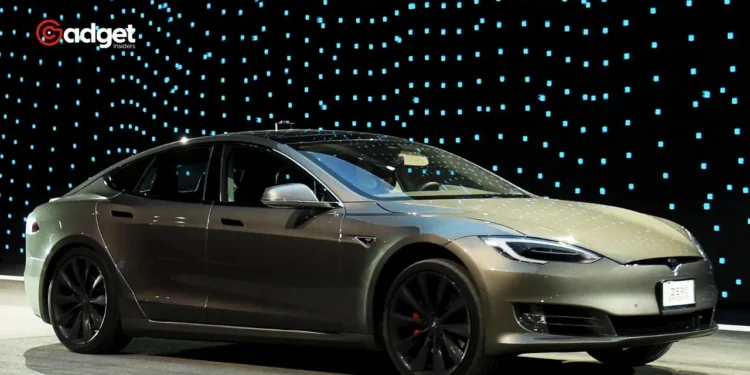The allure of Tesla’s high-tech cars is undeniable. With sleek designs and state-of-the-art features, they symbolize modern automotive innovation. Yet, despite recent upgrades intended to bolster security, Teslas might still be just as vulnerable to theft as before, particularly through the exploitation of keyless entry systems via relay attacks.

The Persistent Threat of Relay Attacks
Relay attacks are not new, but their persistence in the context of modern technology is alarming. These attacks involve thieves capturing and amplifying the signal from a car’s key fob to unlock and start the vehicle without ever physically handling the key. Typically, this could be done while the key is safely inside your house and you are asleep.
Tesla attempted to combat this issue by integrating ultra-wideband (UWB) technology into their Model 3, aiming to enhance the security measures that prevent such exploits. However, a report from Wired suggests that these enhancements have fallen short. Despite the adoption of next-gen radio protocols, the Model 3 remains susceptible, essentially as “stealable” as ever.
120k BMW X6 M stolen within 30 seconds with a relay attack. A Relay attack is a form of keyless car theft.
Criminals bypass keyless entry security by extending the signal of the car key inside the house.
Would this work on a Tesla? pic.twitter.com/oCpUh4EdVq
— Natural Science & History (@joehansenxx) January 4, 2024
A Deep Dive into Tesla’s Security Flaws
In a detailed demonstration, researchers at the Beijing-based automotive cybersecurity firm GoGoByte showed that they could bypass the Model 3’s upgraded keyless entry system using basic radio equipment costing under a hundred dollars.
The keyless system, which also controls the car’s immobilizer, theoretically should secure the vehicle. However, unless the car’s optional PIN-to-drive feature is activated, thieves can quickly mobilize the vehicle.

Jun Li, founder of GoGoByte and a veteran in car-hacking research, shared a stark warning: “Simply having ultra-wideband enabled doesn’t mean your vehicle won’t be stolen. Using relay attacks, it’s still just like the good old days for the thieves.” This statement underscores a critical oversight in Ev’s security strategy, highlighting that technological advancements alone cannot fully deter determined criminals.
Tesla’s Response and the Road Ahead
Responding to the findings, Tesla acknowledged the limitations of their current UWB technology. The company stated, “This behavior is expected, as we are currently working on improving the reliability of UWB. UWB ranging will be enforced when reliability improvements are complete.”
This response indicates ongoing efforts to refine their security features, though it provides little immediate reassurance to Tesla owners.

A Silver Lining?
Despite these challenges, there is a glimmer of hope. Tesla vehicles are still considered less likely to be stolen compared to other cars, primarily due to their integrated GPS connectivity. This feature allows owners to track their vehicles in real time, a deterrent that most thieves are well aware of.
As Tesla continues to innovate and address these security vulnerabilities, the hope among consumers and industry observers alike is that future updates will more effectively shield these coveted vehicles from the hands of thieves.
Until then, Tesla owners might need to rely more on traditional security measures, like the PIN-to-drive option, to ensure their vehicles remain safe from such high-tech heists.









